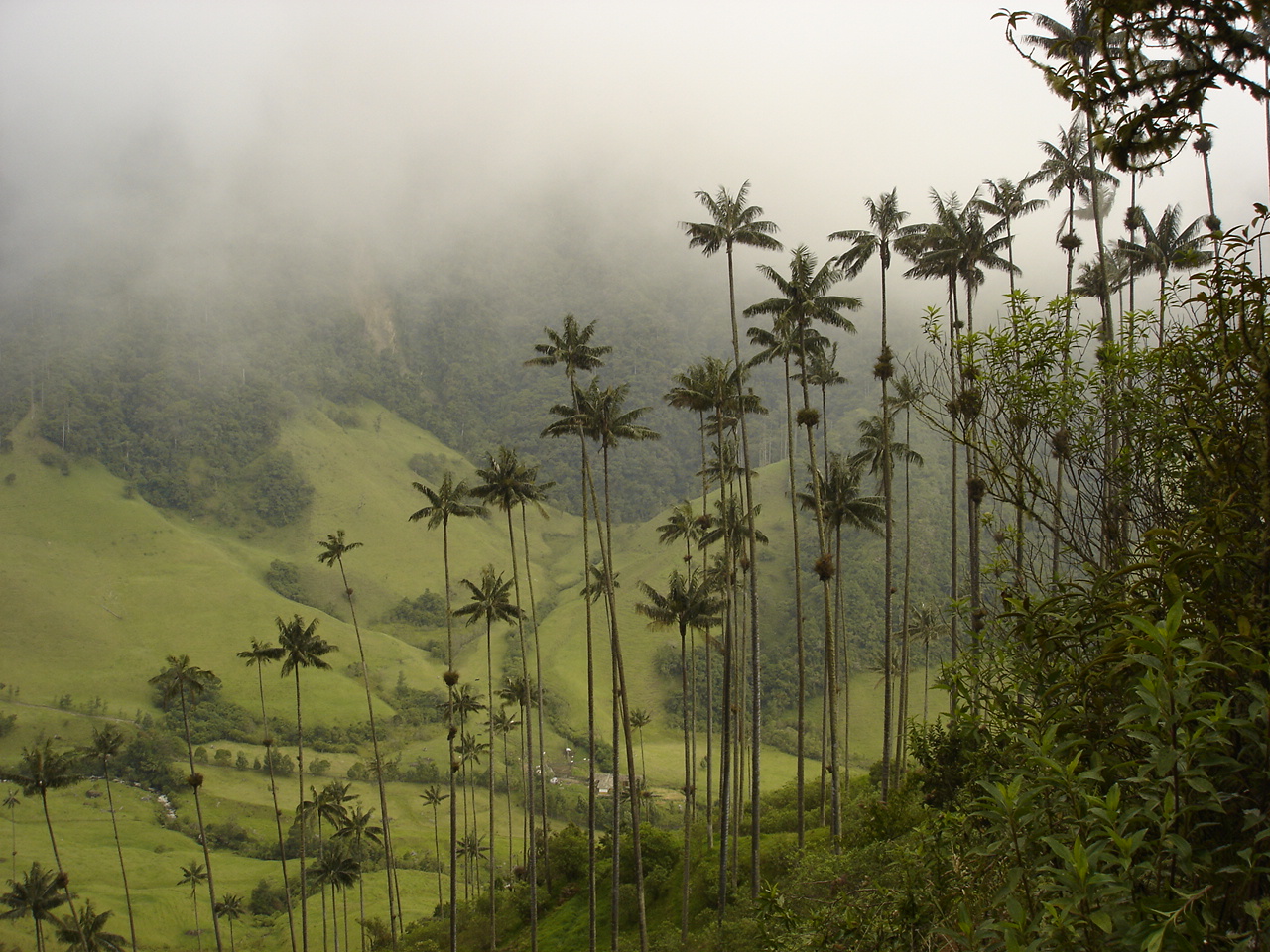Growing along the deep valleys of the Andean mountains are some of the most remarkable palms on the planet, the Quindio wax palm (Ceroxylon quindiuense). These spectacular trees are the tallest species of wax palms, clocking in at anywhere from 150ft to 200ft tall! For over 200 years, people have travelled from all over the world just to see these towering skyscrapers of Mother Nature.
Not only is the wax palm home to many exotic creatures including the endangered yellow-eared parrot, it also provides an abundance of resources. Unfortunately, it is because of this exact resourcefulness, the wax palm is vulnerable to extinction.
Dating back to the first written accounts of the Catholic ceremony, Palm Sunday, celebrants have been making religious ornaments from young wax palms. The harvesting of these leaves result in the palm's death which has caused a considerable threat to the wax palm numbers.
Other contributing factors to the decline in numbers were due to parts of the palm being used by locals to build housing and water supply systems. The palm's waxy trunk was also harvested to make candles before electricity became the primary energy source in households.
Thankfully, in 1986 the Colombian government intervened and named the Quindio wax palm as the country's national tree. It is through this decree that the government passed legislation to assign funding for the creation of reserves, allowing the palms to grow in their natural habitat.
Sadly, despite these efforts to preserve their numbers, these palms are still vulnerable to extinction. Diseases caused by beetles and fungi have also resulted in a large number of wax palm deaths. A study conducted in 1991 showed that as many 80% of the palms in the Quindio Pass were affected.
